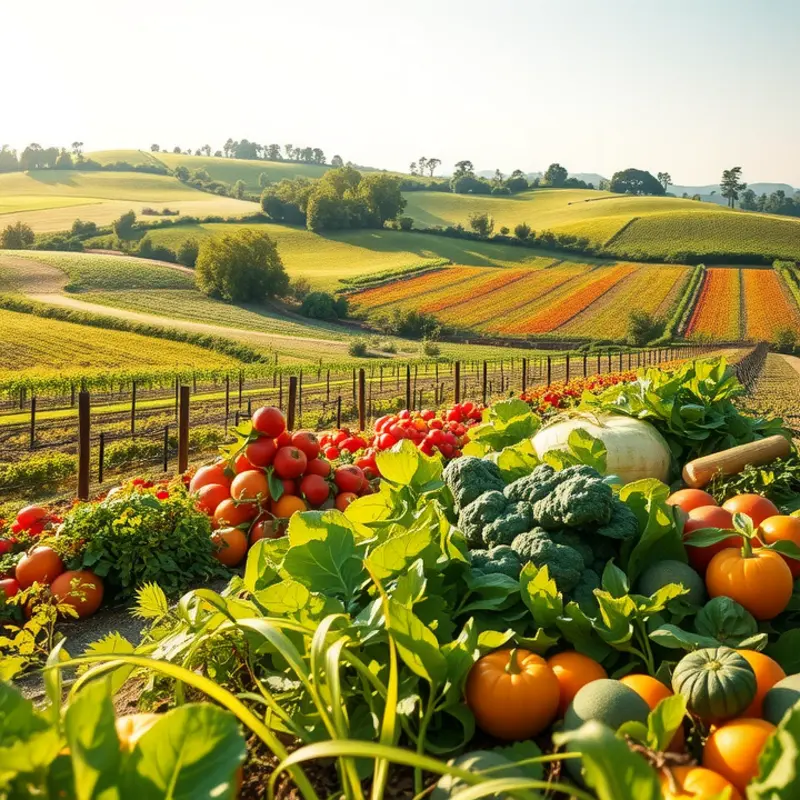Ensuring tender, succulent meat is crucial in elevating your dish to the next level, whether you’re a novice or an experienced home cook. Tough meat can ruin a perfectly planned meal, but with the right techniques, you can greatly enhance its tenderness. Explore practical tips and tricks that will help you navigate the kitchen with ease and confidence, turning potential disasters into delectable results.
Selecting Quality Cuts of Meat

Embarking on the journey of creating tender and flavorful meat starts with selecting the right cut. Understanding the nuances of different meat cuts, their grades, and unique characteristics is crucial. Elevate your cooking by focusing on these essential aspects when navigating the butcher aisle.
1. Identify the Cuts of Meat
Each cut of meat comes from a different part of the animal and varies in tenderness, flavor, and cooking methods. Tender cuts like ribeye, tenderloin, and sirloin come from muscles that do less work, offering more tenderness and marbling. In contrast, tougher cuts such as brisket or chuck originate from muscles used more frequently and require longer cooking methods to break down their fibers.
2. Evaluating Meat Grades
The quality of meat is categorized by grading systems that assess tenderness, juiciness, and flavor. These grades often include Prime, Choice, and Select. Prime grade offers the highest quality with abundant marbling, leading to superior flavor and tenderness. Choice is slightly leaner with less marbling but still provides good quality for the price. Select, being the leanest, often benefits from marinating and slower cooking methods to tenderize the meat effectively.
3. Visual Indicators of Quality
When choosing meat, visual cues convey important quality information. Look for vibrant, consistent coloring and a light sheen indicating freshness. Adequate marbling is key to flavor and tenderness, as the intramuscular fat dissolves during cooking, enhancing the meat’s moisture. Avoid cuts with excessive liquid in the packaging, which may indicate moisture loss or poor quality.
4. Consider the Source and Practices
Sourcing your meat from reliable, ethical producers can affect not only meat quality but also taste and texture. Pasture-raised or grass-fed options often have a different flavor profile than conventionally raised animals. Moreover, supporting sustainable practices aligns with eco-friendly eating, a topic discussed in Eco-Smart Kitchen Storage.
5. Trust but Verify with Your Butcher
Develop a relationship with your local butcher for insights and access to premium quality cuts. Don’t hesitate to ask about the origin and handling of the meat, and request suggestions based on your cooking plans. Butchers are allies in your quest to master meat tenderness and can provide custom cuts tailored to your needs.
Selecting the correct cuts lays the foundation for successful meat dishes. Being informed about cuts, grades, and quality markers greatly impacts the final culinary experience. As you become conversant in these fundamentals, you’ll find the art of meat cooking significantly more rewarding.
Cooking Techniques for Tender Meat

Achieving tender meat is an art that blends science with culinary intuition. This chapter explores a variety of cooking techniques designed to bring out the best in any cut of meat, ensuring tenderness, flavor, and satisfaction.
Marinating is the first step to tenderizing tougher cuts. Acidic components like vinegar or citrus juice break down muscle fibers, while enzymatic ingredients such as pineapple or papaya further enhance tenderness. For a foolproof marinade, combine your chosen acid with oils, spices, and herbs, and let the meat soak in this flavorful bath for several hours.
Next, consider cooking methods that sustain moisture and break down collagen in meat. Slow cooking, whether in a slow cooker or oven, allows meat to become tender over time. This method is ideal for cuts like chuck roast or pork shoulder. By cooking meat low and slow, moisture is maintained, resulting in a soft, juicy finish.
Braising is another excellent technique. It involves first searing the meat to enhance flavor, then simmering it in a small amount of liquid. This method not only tenderizes but also infuses the meat with rich flavors. Tactfully choosing the braising liquid—such as broth, wine, or tomatoes—can transform a simple dish into a gourmet experience.
Pay close attention to cooking times. Overcooking leads to dry, chewy meat, while undercooking may leave you with more toughness than anticipated. Use a meat thermometer to ensure you reach the ideal internal temperature for the type of meat you’re preparing.
The importance of resting meat after cooking cannot be overstressed. Once removed from heat, allow the meat to sit undisturbed for at least five to ten minutes. This rest period redistributes juices throughout the meat, resulting in a tender final product. Cutting into meat too soon causes juices to escape, leading to a drier texture.
For those eager to explore different culinary styles, combining these techniques opens up a world of flavor and texture. Pairing specific cuts with the right method can transform ordinary meals into extraordinary experiences. For instance, pairing slow cooking with a flavor-infused marinade can elevate a simple brisket into a sumptuous feast.
For minimal prep time, explore practical ingredient batching, which can streamline meal preparation and enhance your culinary creativity while maintaining meat tenderness.
Understanding and mastering these various methods of cooking and preparation are paramount for turning even the toughest cuts into a tender delight. As you experiment in your kitchen, these techniques become the backbone of mastering meat tenderness, giving you the confidence to tackle any recipe with boldness and flair.
Final words
Cooking tender meat is not just an art; it’s a skill you can develop with practice and a bit of knowledge. By selecting the right cuts and utilizing effective cooking techniques, you will not only avoid tough meat but also capture delightful flavors and textures that impress your diners. Remember that patience pays off, and every meal is a chance to learn. Embrace these tips, and get ready to showcase your newfound skills in the kitchen.







